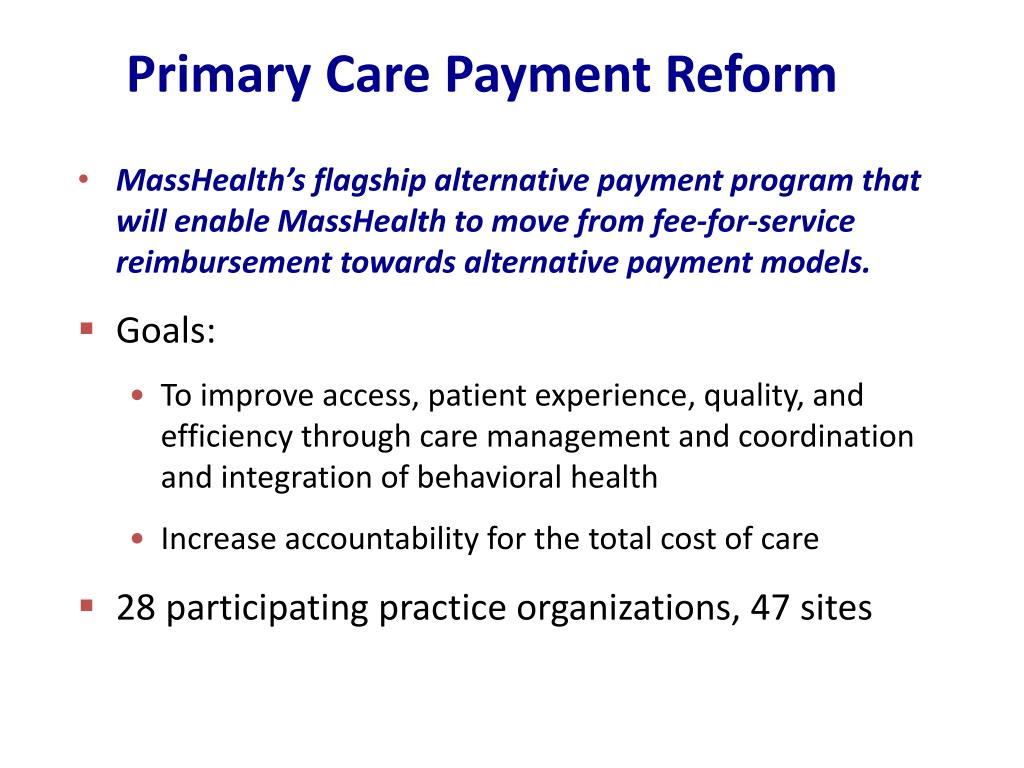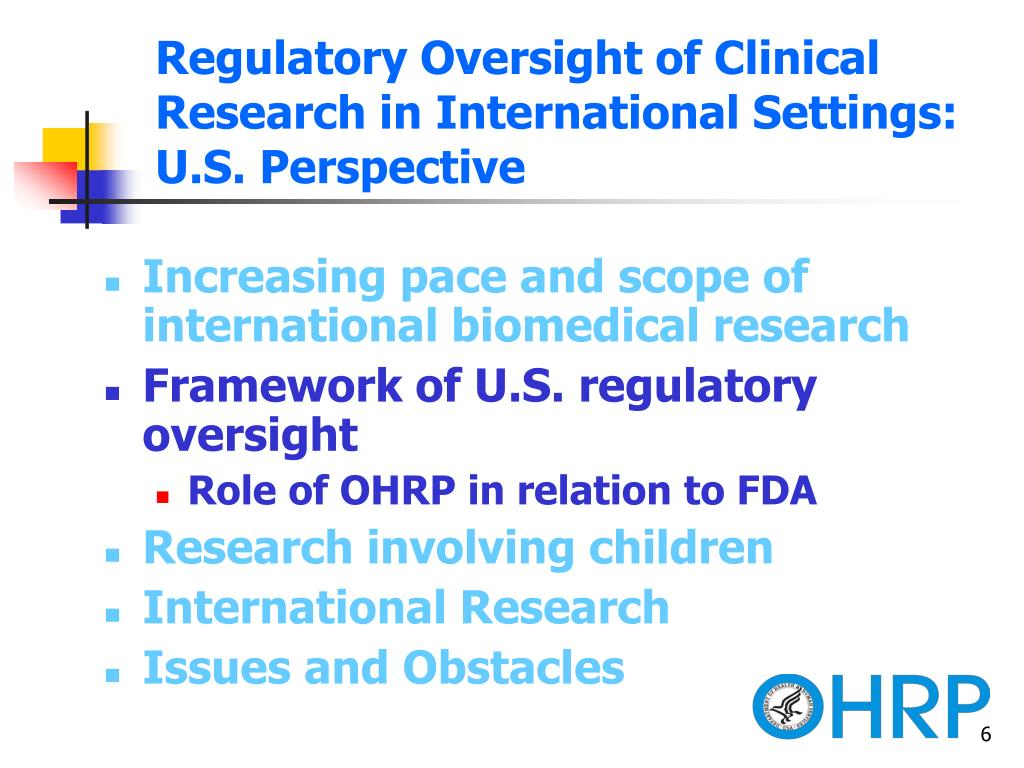Primary care payment reform is at the forefront of healthcare discussions, aiming to address the significant financial challenges faced by primary care providers across the United States. As the demand for preventive care rises and the primary care crisis deepens, innovative changes in healthcare funding are essential. The ACO PC Flex initiative, a product of the Affordable Care Act, promises to enhance payment models that prioritize value over volume, potentially leading to a more sustainable healthcare system. By reallocating resources towards accountable care organizations and preventive measures, this reform could bolster primary care’s role in managing chronic conditions and reducing expensive hospital visits. Ultimately, these changes seek to establish a healthier ecosystem for both patients and providers.
The evolution of primary care reimbursement strategies reflects a critical shift in how healthcare is structured and funded. Known variably as healthcare financing innovations or payment model reforms, these strategies encompass initiatives like accountable care organizations designed to enhance the quality of care while controlling costs. In light of recent economic pressures and a growing shortage of primary care professionals, there has been an urgent call for effective reforms that incentivize preventive services and expand access to comprehensive care. As the healthcare landscape continues to adapt, exploring alternative funding mechanisms and new payment structures becomes vital for ensuring a robust primary care system that meets the needs of all patients.
Understanding the Primary Care Crisis in the U.S.
The U.S. primary care system is facing significant challenges, primarily driven by increased demand for services coupled with a shortage of available practitioners. Many physicians are overwhelmed with the volume of patients they are required to see, particularly in corporate healthcare environments that prioritize efficiency over quality of care. Consequently, this high-pressure environment can lead to inadequate patient interactions, as doctors struggle to manage their time effectively.
Additionally, the financial landscape surrounding primary care continues to be daunting. Reimbursement rates are markedly lower than those for specialist services, creating a systemic imbalance that disincentivizes primary care practice. This crisis not only affects providers but also limits patients’ access to essential preventive care and chronic disease management, ultimately impacting overall healthcare outcomes.
Frequently Asked Questions
What is primary care payment reform and why is it needed?
Primary care payment reform refers to changes in the way primary care services are funded and reimbursed, aimed at addressing the challenges of low reimbursement rates and increasing demand for care. The primary care crisis in the U.S. necessitates a shift towards models like ACO PC Flex, which incentivize preventive care and the management of chronic conditions, ultimately leading to better health outcomes and reduced healthcare costs.
How does ACO PC Flex improve primary care payment models?
ACO PC Flex is an innovative payment model that provides upfront payments to primary care practices before services are rendered, promoting preventive care and reducing the likelihood of costly hospital admissions. By increasing the financial resources available to primary care providers, this model aims to enhance patient engagement and overall healthcare quality.
What are the benefits of preventive care in primary care payment reform?
Preventive care is a critical component of primary care payment reform, as it aims to identify and manage health issues before they escalate, reducing overall healthcare costs. The ACO PC Flex model encourages physicians to allocate more resources toward preventive services, which has the potential to improve patient health outcomes and decrease the need for expensive interventions.
What challenges do accountable care organizations (ACOs) address in primary care?
Accountable care organizations (ACOs) address several challenges in primary care, including low reimbursement rates and an emphasis on volume over value. By creating a framework that rewards high-quality care and cost-saving measures, ACOs like ACO PC Flex incentivize primary care providers to focus on preventive care and manage patient health proactively.
How does the ACO PC Flex model affect funding for primary care providers?
The ACO PC Flex model significantly increases funding for primary care providers through upfront payments based on average county rates. This shift allows practices to invest more in infrastructure and preventive care programs, ultimately aiming to alleviate the financial pressures of the primary care crisis and improving healthcare delivery.
Can ACO PC Flex replace traditional payment models for primary care?
If the ACO PC Flex model proves successful in improving care and reducing costs for Medicare enrollees, it may pave the way for the adoption of similar strategies in Medicaid and commercial insurance. The potential for broader implementation depends on demonstrable savings and improved health outcomes that could attract private insurers to adopt these innovative approaches.
What role does healthcare funding play in primary care payment reform?
Healthcare funding is a crucial aspect of primary care payment reform, as it dictates how resources are allocated to primary care providers. Increasing funding through innovative models like ACO PC Flex aims to empower primary care practices, enabling them to focus on preventive care and improve patient outcomes amidst the primary care crisis.
What incentives does the ACO PC Flex model create for primary care physicians?
The ACO PC Flex model creates incentives for primary care physicians to spend more time with patients and focus on preventive strategies. Unlike traditional models, the prospective payment system allows for financial flexibility that encourages engagement beyond standard visits, ultimately improving patient care and outcomes.
Why is it important to reform payment models for primary care services?
Reforming payment models for primary care services is vital to ensuring that primary care practitioners receive fair compensation for their comprehensive care, to tackle the primary care crisis, and to shift the focus towards high-quality, preventive care. Effective reforms can lead to better health outcomes, lower costs, and more sustainable healthcare delivery.
How is primary care affected by the current healthcare funding landscape?
The current healthcare funding landscape often favors specialty care over primary care, leading to insufficient reimbursement for primary care services. This imbalance contributes to the primary care crisis and drives the need for reform initiatives like ACO PC Flex, which aim to enhance funding and promote more equitable compensation for primary care providers.
| Key Point | Description |
|---|---|
| U.S. Primary Care Crisis | Demand for primary care appointments is increasing while the number of available doctors is decreasing. |
| ACOs and Payment Models | Accountable Care Organizations (ACOs) aim to incentivize high-quality care at lower costs, offering shared savings for reducing expenses. |
| Prospective Payment Experiment | The new ACO PC Flex program increases payment for primary care upfront, promoting preventive care and reducing hospitalization. |
| Barriers to Change | Corporate ownership of practices and lower reimbursement rates for primary care compared to specialists limit growth and retention of primary care physicians. |
Summary
Primary care payment reform is essential to address the ongoing crisis in U.S. primary care, where the demand for services is growing while supply dwindles. The new ACO PC Flex initiative represents a promising shift towards enhancing financial support for primary care, focusing on preventive care and reducing unnecessary hospital visits. By implementing a prospective payment model, the program seeks to incentivize primary care physicians to engage with patients more effectively while building necessary infrastructure to improve care delivery. If successful, this innovative approach has the potential to reshape the way primary care is financed and delivered in the long term.



